The Taste of Northern India Where Spirit and Flavors Combine  All rights reserved. No part of this e-book may be reproduced or transmitted in any form whatsoever without the express written dated and signed permission of the author, other than a printed version for personal use of the purchaser. This e-book published by Shira Barak. Copyright 2014. All rights reserved. Revised 2014.
All rights reserved. No part of this e-book may be reproduced or transmitted in any form whatsoever without the express written dated and signed permission of the author, other than a printed version for personal use of the purchaser. This e-book published by Shira Barak. Copyright 2014. All rights reserved. Revised 2014.
Dear Reader, Thank you for choosing my book! I want to give you a gift: 10 selected stuffed dishes-quick and easy slow cooker recipes, from my book: The right stuff(ing)- quick and easy slow cooking delicious dishes Click here to recive your gift Table of Contents About the book: Imagine snow-capped mountains and green forests, a golden temple reflected in the lake, and a monk murmuring words of prayer. On every corner you can find a temple, or prayer flags carried by the wind, and the air filled with an atmosphere of spirituality and prayer. Alongside these, on the street, you can find markets filled with smells, tastes, and colors, sweetened dough fried in a pan placed on a carriage... The smell of masala and chai are carried everywhere and it is provided to vendors and buyers in shops. Women sell spices, fruits and vegetables at a street corner and Dhaba (a roadside restaurant in India) filled with a variety of delicious dishes full of flavors. You can find spicy rice (biryani), mixed vegetable curry, kofta, palakpaneer, alu dam and more.
I found all those in northern India; the place where spirituality and flavors combine. It is a perfect combination between food for the soul and food for the body. I first arrived in North India in the summer of 2004 and fell in love for the first time with the culture, the religious pluralism, landscapes, and of course the rich variety of smells sights and tastes Oh, the tastes. Since then, I have returned to North India again and again. I spent a month riding on horses in the Himalayan province of Ladakh , the northern state of India; I had a visit to the Golden Temple in Amritsar , spent a few months in Dharamshala , where the Dalai Lama's and Tibetan exiles made their homes, and spent the winter at the hot springs and the enchanting forests of Kullu Valley . During that time, I opened up to a new variety of flavors, spices, and ingredients.
Wherever I went, I picked up more experiences, friends, and of course, recipes. I worked at a local restaurant and made some good friends who happily opened their kitchen and their hearts and taught me the secrets of northern India's kitchen. Some say that cooking is a spiritual act. It involves not only the mind or hands, but also the heart. In India, I realized that this is definitely true. Thought and patience are invested in every stew or baked dish; even among poor residents, you can find rich flavored dishes, spices, and scents.
I want to take you on a culinary journey through recipes and landscapes. The trip through the photos and recipes will give you a deeper glance of the landscapes and people of northern India. The 50 best recipes of the region, gathered especially for you. This is not a regular Indian cookbook; in this book, I have gathered 50 authentic North Indian recipes. Most eastern cookbooks are either inaccessible to the common western reader, or they become "Americanized" in a way that the ingredients are replaced with western ingredients, making the recipes very different from their source. I choose to keep the recipes authentic, as I got them from the local people of North India.
Along with that, I attached an Indian-Western Ingredients Dictionary, explaining about each ingredient and suggesting a reasonable, natural substitute in case one of the ingredients is missing. In doing so, I have created this cookbook to be great for all levels of Foodies. I hoped you enjoy the book! If you do, please rate it on Amazon and give positive feedback! Wishing you a delicious and spiritual journey, Shira Barak If you like this book maybe you will also like:  The Right Stuff(ing): The Full Guide for Delicious and Easy Stuffed Dishes for Every Occasion Click here to see it on amazon.
The Right Stuff(ing): The Full Guide for Delicious and Easy Stuffed Dishes for Every Occasion Click here to see it on amazon.  Women using their sari to fish Before you start: Before you start using this book, here are some important tips: 1. Spices are very important ingredients in the Indian kitchen. Please make sure you buy high-quality typical Indian spices, such as: Curry Garam masala Turmeric powder or seeds Coriander powder or seeds Chili powder Mustard seeds Cumin seeds The good thing about spices is that you can buy them in advance and just store them in your refrigerator for keeping them fresh.
Women using their sari to fish Before you start: Before you start using this book, here are some important tips: 1. Spices are very important ingredients in the Indian kitchen. Please make sure you buy high-quality typical Indian spices, such as: Curry Garam masala Turmeric powder or seeds Coriander powder or seeds Chili powder Mustard seeds Cumin seeds The good thing about spices is that you can buy them in advance and just store them in your refrigerator for keeping them fresh.
If some recipes contain an ingredient that you cannot find in a nearby store, do not give up. Try to replace it with a different ingredient. (See Indian-Western Ingredients Dictionary below) If a recipe contains a big variety of spices and you are missing a specific one, just continue without it. 2. Some of the recipes require roasting the spice's seeds lightly in a pan before crushing them, in order to maximize flavor extraction from the seeds. 3. 3.
Indian dishes are made with love and a desire for flavors and scents. It is very different then the western kitchen. Be patient; get to know a new variety of spices and ingredients. Love the process, not only the outcome, and open yourself up to making mistakes, for at the end you learn how to cook amazing and delicious North Indian dishes. Good luck! Indian-Western Ingredients Dictionary: Tamarind Tamarind is a leguminous tree, originating in Africa and spread from there to India. The fruit is edible and used as a spice in Asian kitchens and kitchens of Latin America.
It has a sour taste. Replacements: Lime juice, or white wine mixed with brown sugar. Cumin seeds Cumin seeds are common in Middle Eastern, Indian, Mediterranean, and Mexican kitchens, too. The cumin seeds are highly popular for their culinary benefits and their aromatic flavor. Replacements: Cumin powder. 1 Tbsp. cumin seeds = 1/2 Tbsp. cumin powder. cumin powder.
Garam masala Garam masala is a mixture of dry spices. In different parts of India, you will find different mixtures. Most of them will contain turmeric, cardamom seeds, coriander seeds, cinnamon, cloves, cumin seeds, black peppercorns, nutmeg and bay leaves. Replacements: It is highly recommended to prepare garam masala and store it, but if you do not have it, you can use curry powder, which is also a mixture of spices, as a replacement. Red chili powder Chili powder is a mixture of chili peppers with other spices like cumin, garlic powder, oregano, and salt. Replacements: You can try to replace it with a mixture of garlic powder, cumin, cayenne pepper, and paprika.
Alternatively, you can just use paprikajust take under consideration that it will be less spicy. Cilantro (Coriander) seeds The seeds of the coriander plant give dishes a sweet taste which is quite different than the plant's fresh leaves. Replacements: cumin seeds or coriander powder. 1 Tbsp. coriander seeds = 1/2 Tbsp. coriander powder.
Amchur powder/ mango powder Amchur powder, otherwise called mango powder, is often used in the Indian kitchen, and it has a sour fruity flavor. Replacements: You can use lime, lemon juice, or tamarind juice for a similar taste. Mustard seeds Mustard seeds are the round seeds of the mustard plant. When they are ground into a powder, they are used as mustard spread. The seeds are very common in the Indian kitchen, and they taste just like mustard in its paste form. Replacements: If you do not have mustard seeds, just leave the mustard out.
Next page
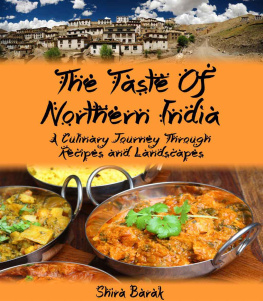



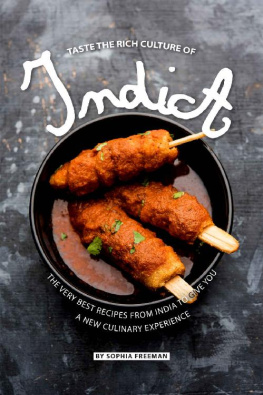
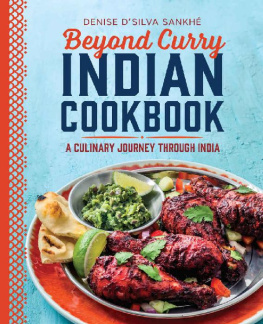
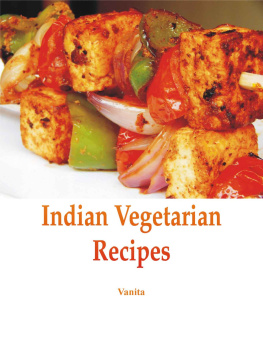
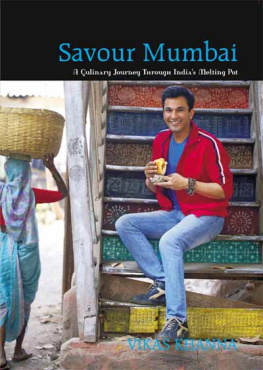
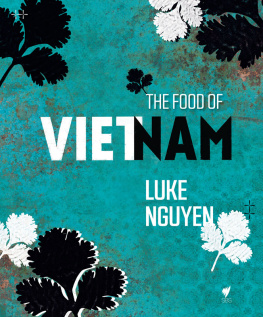
 All rights reserved. No part of this e-book may be reproduced or transmitted in any form whatsoever without the express written dated and signed permission of the author, other than a printed version for personal use of the purchaser. This e-book published by Shira Barak. Copyright 2014. All rights reserved. Revised 2014.
All rights reserved. No part of this e-book may be reproduced or transmitted in any form whatsoever without the express written dated and signed permission of the author, other than a printed version for personal use of the purchaser. This e-book published by Shira Barak. Copyright 2014. All rights reserved. Revised 2014. The Right Stuff(ing): The Full Guide for Delicious and Easy Stuffed Dishes for Every Occasion Click here to see it on amazon.
The Right Stuff(ing): The Full Guide for Delicious and Easy Stuffed Dishes for Every Occasion Click here to see it on amazon.  Women using their sari to fish Before you start: Before you start using this book, here are some important tips: 1. Spices are very important ingredients in the Indian kitchen. Please make sure you buy high-quality typical Indian spices, such as: Curry Garam masala Turmeric powder or seeds Coriander powder or seeds Chili powder Mustard seeds Cumin seeds The good thing about spices is that you can buy them in advance and just store them in your refrigerator for keeping them fresh.
Women using their sari to fish Before you start: Before you start using this book, here are some important tips: 1. Spices are very important ingredients in the Indian kitchen. Please make sure you buy high-quality typical Indian spices, such as: Curry Garam masala Turmeric powder or seeds Coriander powder or seeds Chili powder Mustard seeds Cumin seeds The good thing about spices is that you can buy them in advance and just store them in your refrigerator for keeping them fresh.